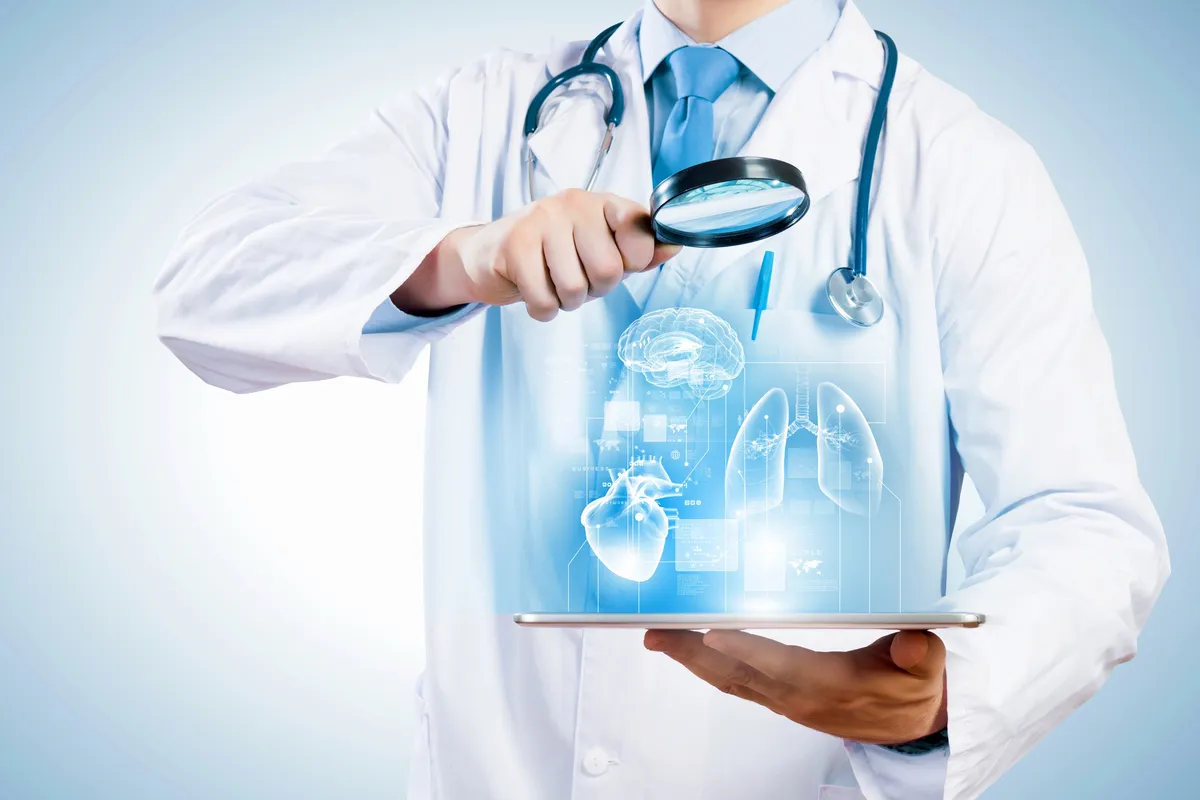Health at a distance
Telemedicine allows patients to contact doctors without having to be physically present in a medical facility. With video calls, patients can have consultations in the comfort of their own home. Telemedicine increases the accessibility of healthcare for people living in remote areas, with limited mobility, and for those who cannot leave their home for various reasons. Patients can feel more cared for and understood, and this is the most important idea of humanising medical care.
In addition, telemedicine can be particularly valuable for people with chronic diseases, as it allows them to monitor their condition remotely. Patients can regularly send their test results to their doctors, who adjust their treatment in real time and respond to their changing health needs. This not only increases patient safety, but also builds their confidence in the healthcare system.
Artificial intelligence in diagnostics
Artificial intelligence is increasingly finding its way into medical diagnosis, as it increases the accuracy and speed of diagnoses. Artificial intelligence algorithms analyse vast amounts of medical data in a short period of time, identifying patterns and anomalies that may indicate the presence of disease. In this way, doctors can make an accurate diagnosis and start treatment more quickly, resulting in improved quality of care and health outcomes for patients.
Another advantage of artificial intelligence is the ability to personalise the treatment plan, tailoring it to the patient's individual needs and medical history. Treatment becomes more effective and patients feel their needs are met. An example of the application of artificial intelligence in diagnostics is the analysis of medical images, where algorithms can detect even the smallest changes in tissue structure, potentially indicating early stages of cancer.
Daily patient support at your fingertips
Mobile apps have become an integral part of many patients' daily lives in a health context. Through apps, patients can monitor their symptoms, remind themselves to take their medication, track their treatment progress and communicate with their doctors. Health apps also often include knowledge bases that provide patients with reliable information about their conditions and how to manage them.
Personalised tools such as mobile apps allow patients to better understand their condition and actively participate in the treatment process. Apps can also offer interactive rehabilitation programmes, customised diets and exercise routines. They give patients more control over their health and enable them to better interact with their doctors.
Therapy and patient education in a virtual world
Virtual reality (VR) is finding its way into medicine as both a therapeutic and educational tool. In the context of therapy, VR can be used to treat anxiety disorders, phobias, chronic pain and neurological rehabilitation, allowing patients to participate in simulated therapeutic scenarios in a controlled environment.
Virtual reality as an educational tool helps patients to better understand their conditions and treatment processes through interactive visualisations. With VR, patients can better prepare for medical procedures and thus minimise stress, resulting in a more humane approach to healthcare. VR can also support medical education, enabling students and healthcare professionals to receive hands-on training in realistic settings.
Ongoing health monitoring
The Internet of Things (IoT) is revolutionising medicine by enabling the continuous monitoring of patients' health through a variety of wearables and sensors. These technologies can collect data on patients' vital signs, such as heart rate, blood pressure and blood sugar levels, and then transmit this information to doctors in real time.
With IoT, doctors can react quickly to changes in patients' conditions, making treatment more effective and preventing deterioration easier. For patients, this means a greater sense of safety and care, which is fundamental to the humanisation of medicine. IoT devices can also remind patients to take their medication, monitor their physical activity and provide support in the daily management of chronic diseases.
Technologies such as telemedicine, artificial intelligence, mobile applications, virtual reality and the Internet of Things are making a huge contribution to the humanisation of medicine. They enable more personalised, accessible and efficient forms of healthcare that focus on patients' needs and experiences, thereby improving their quality of life.
